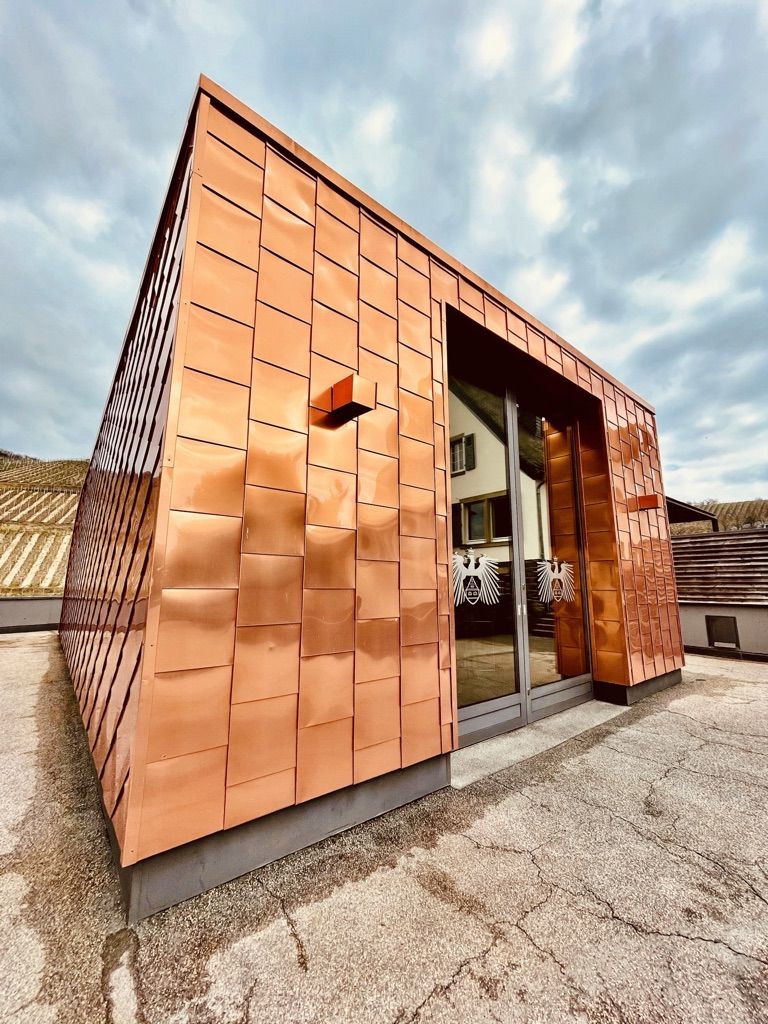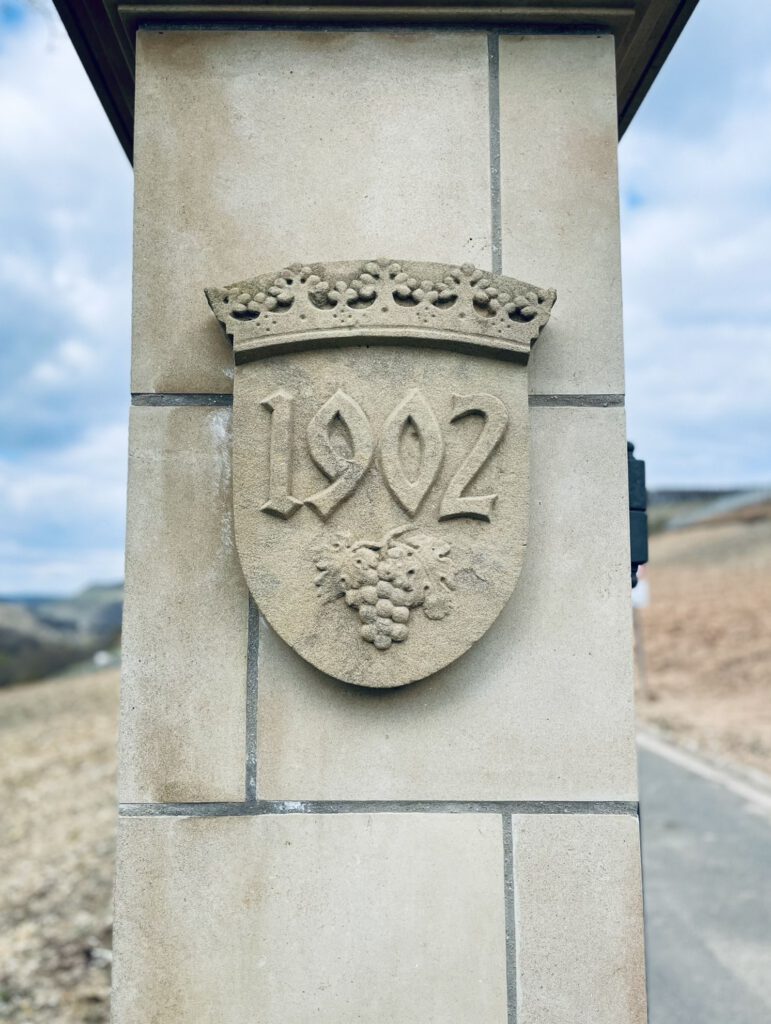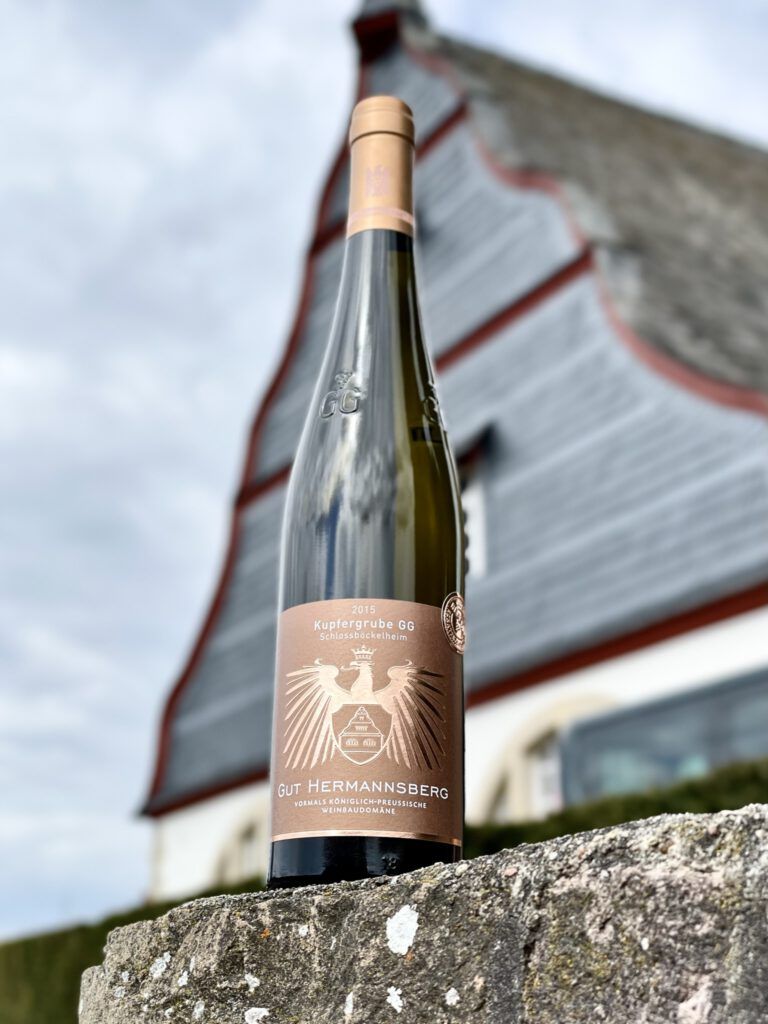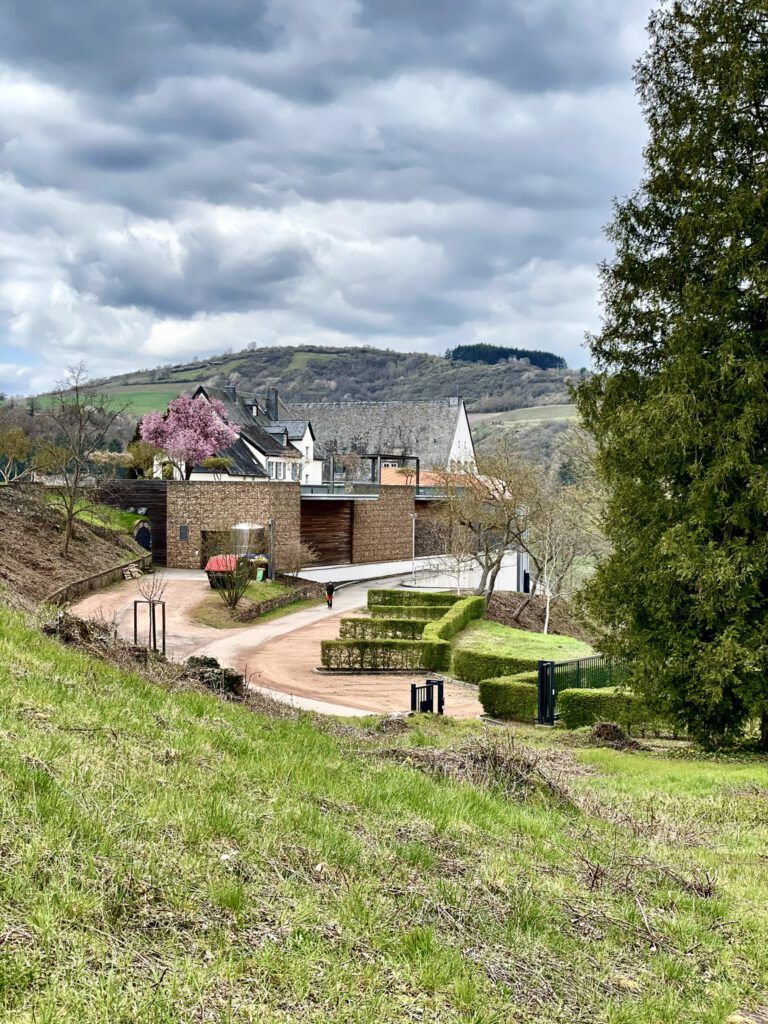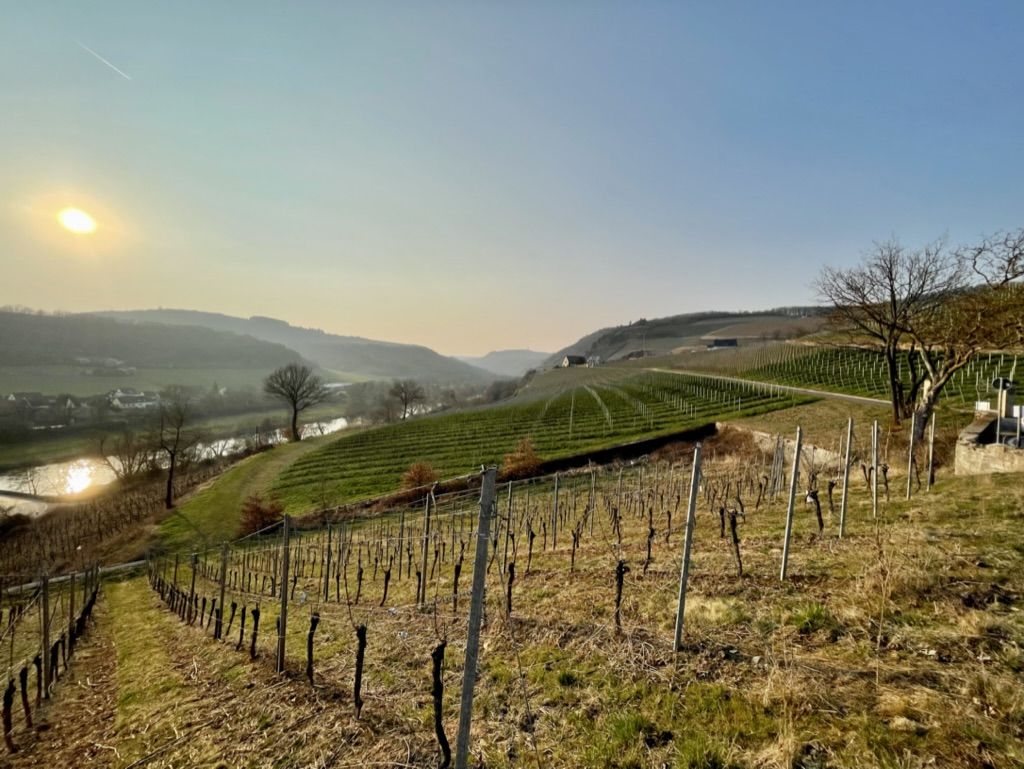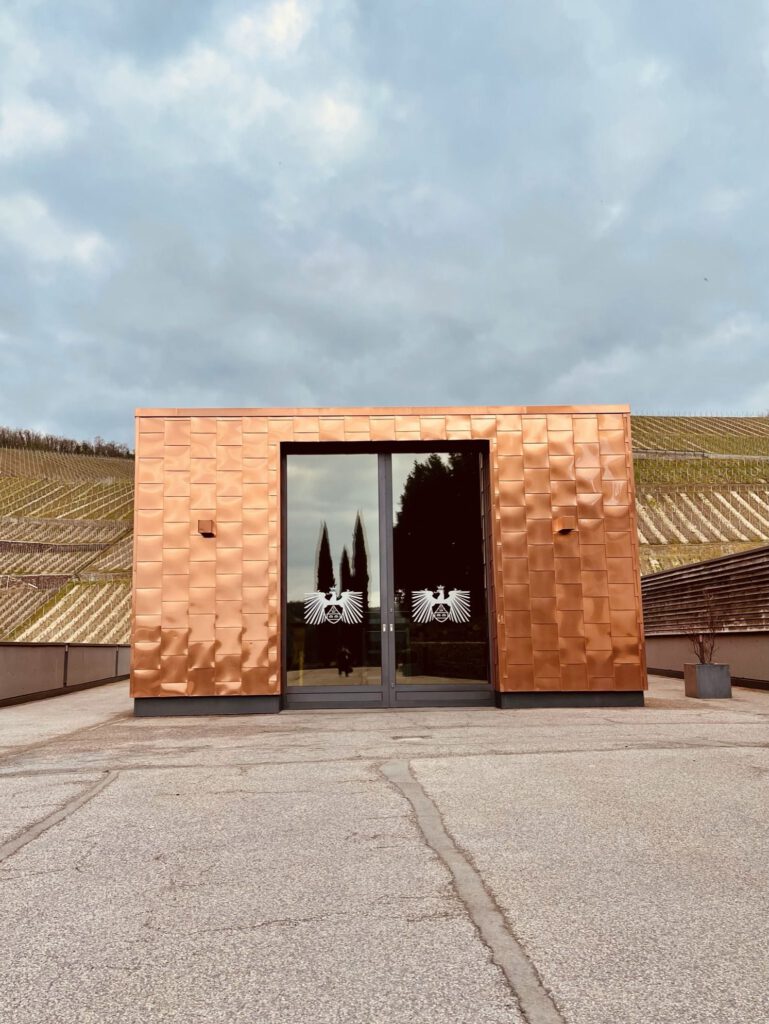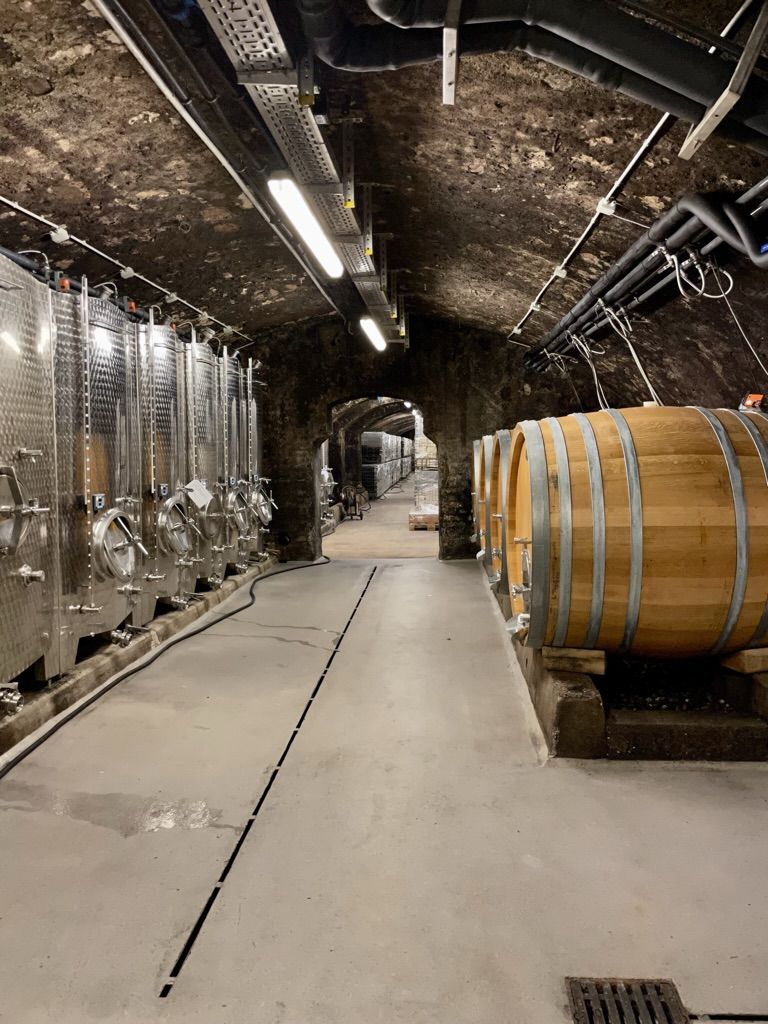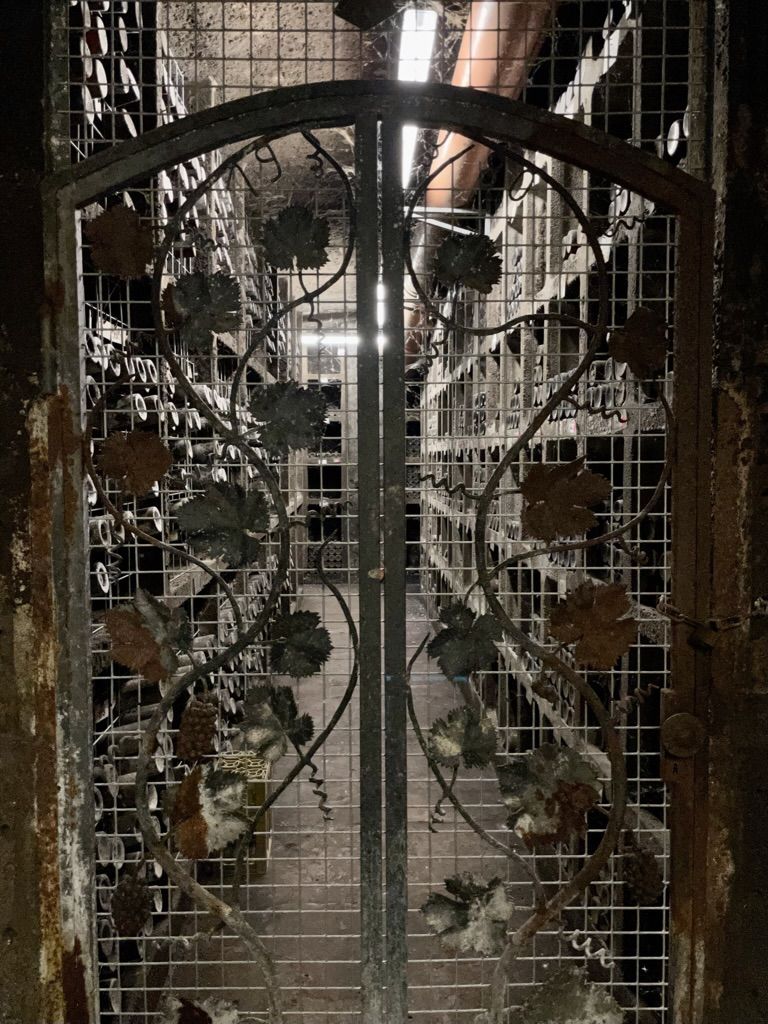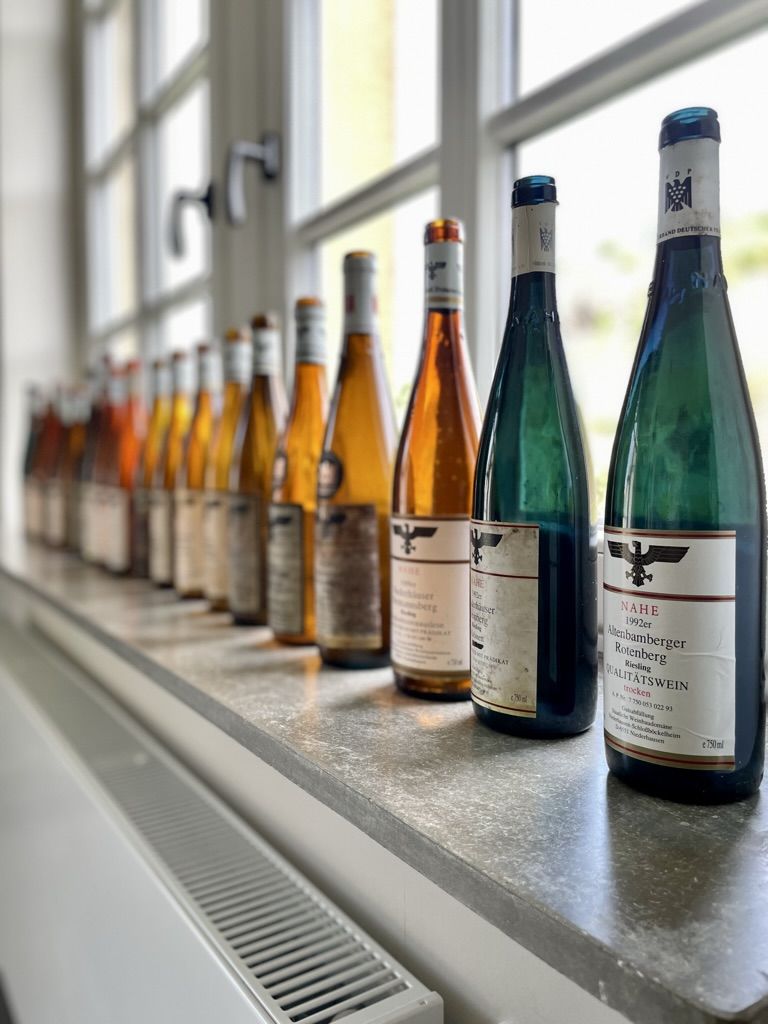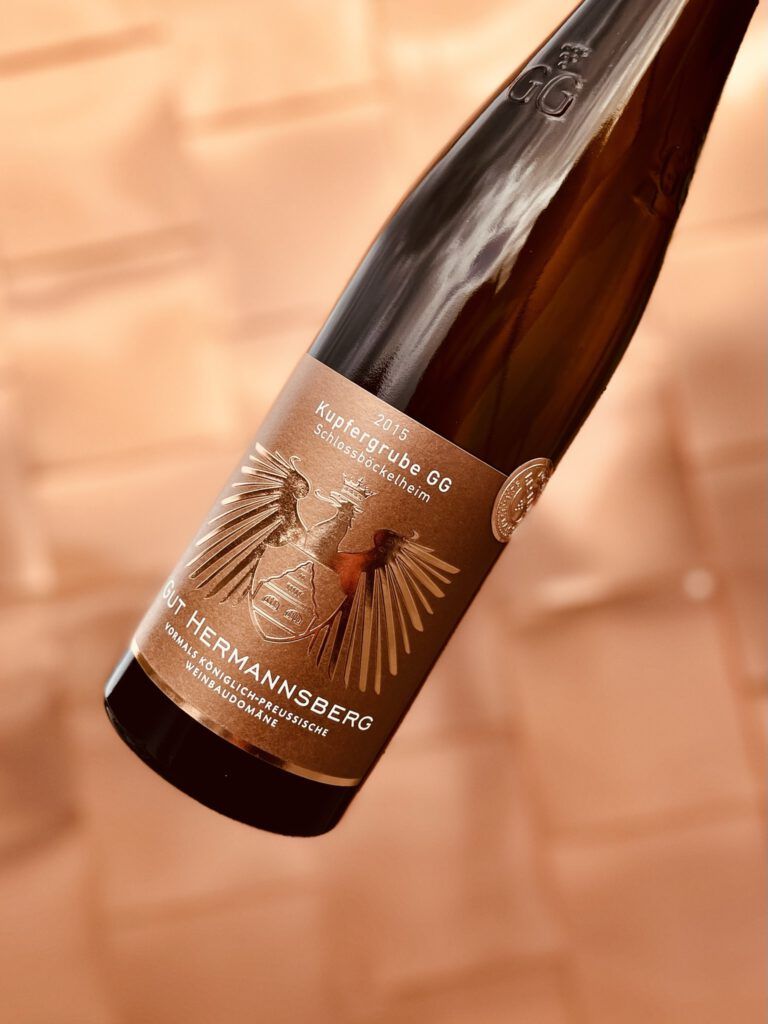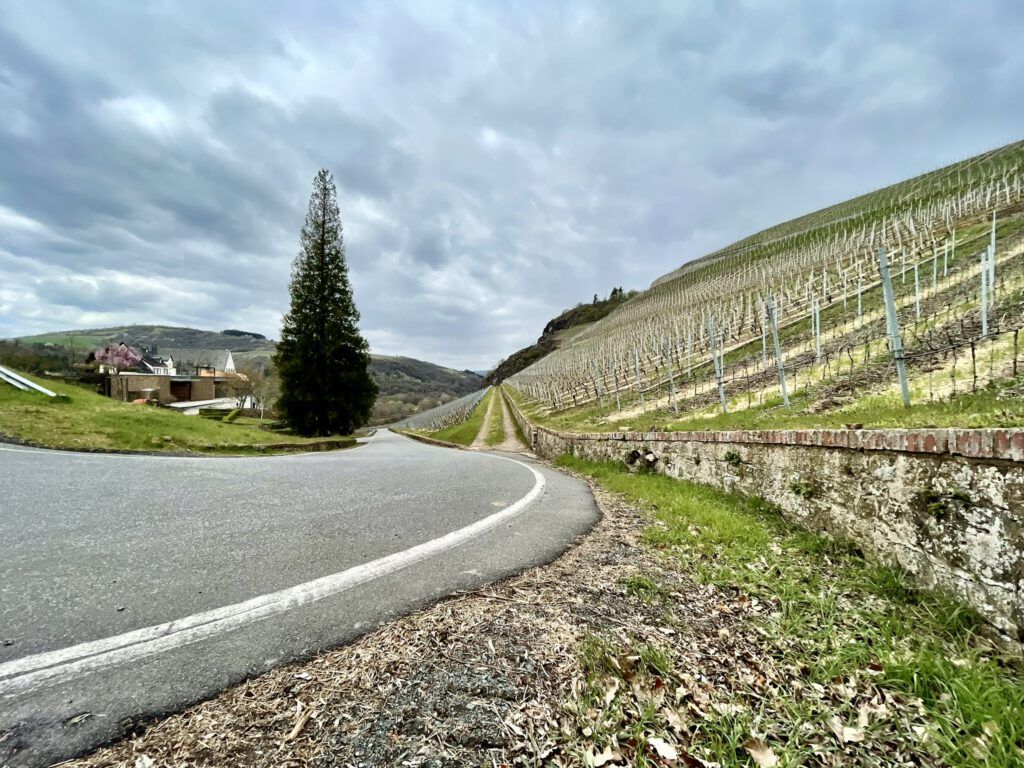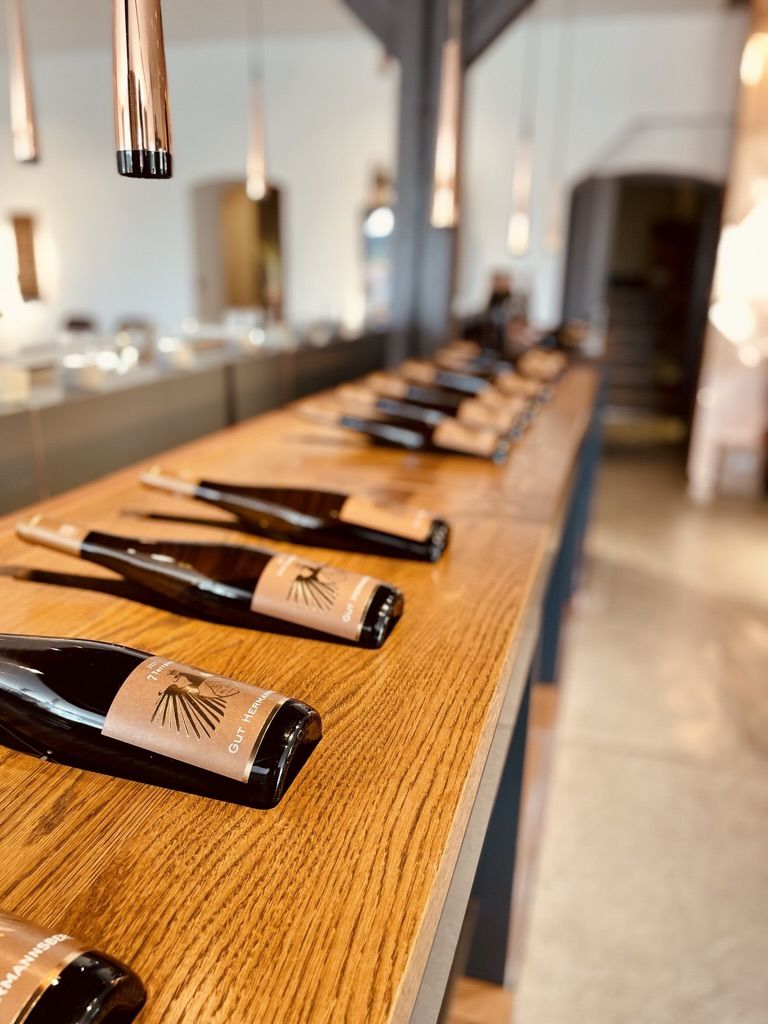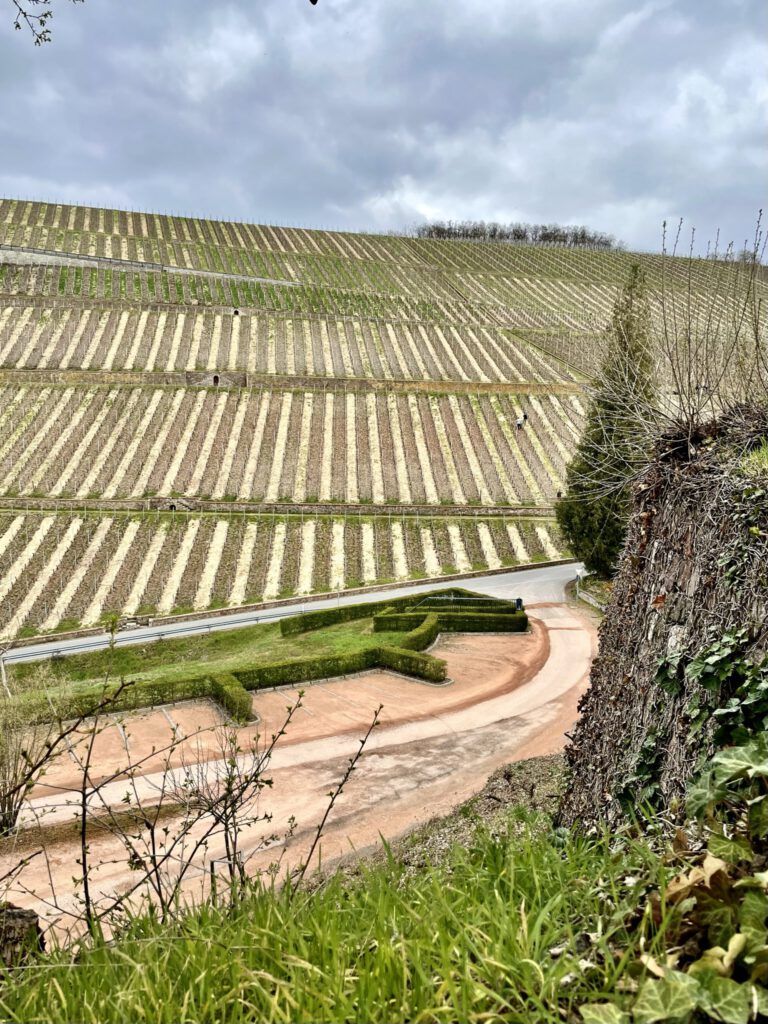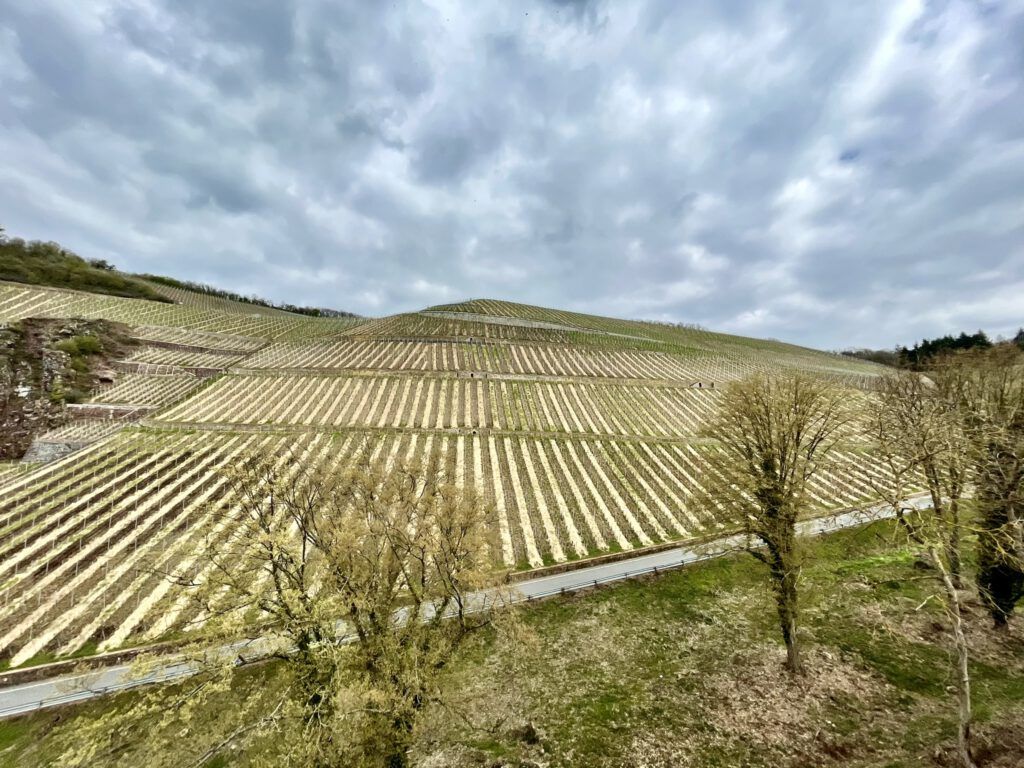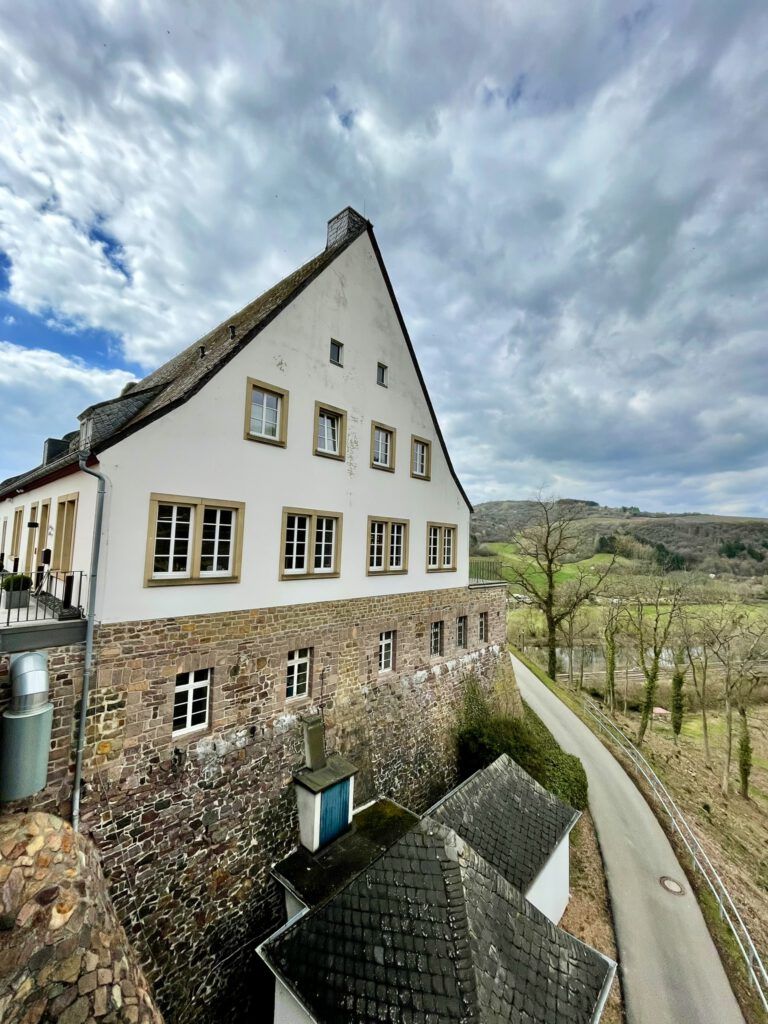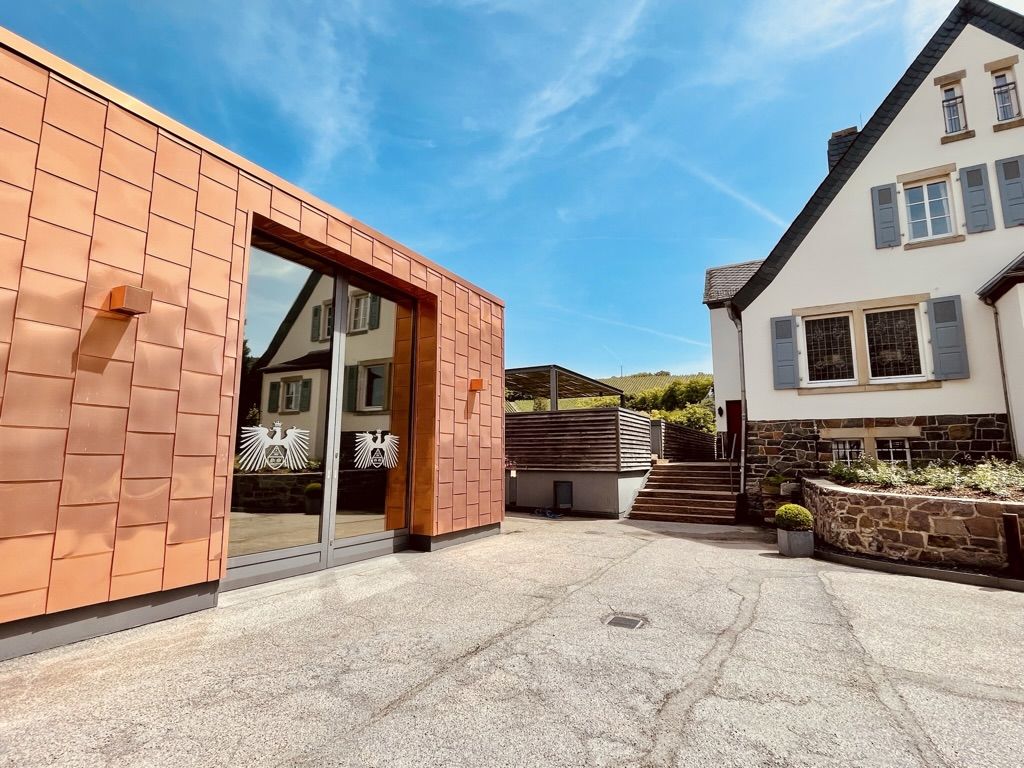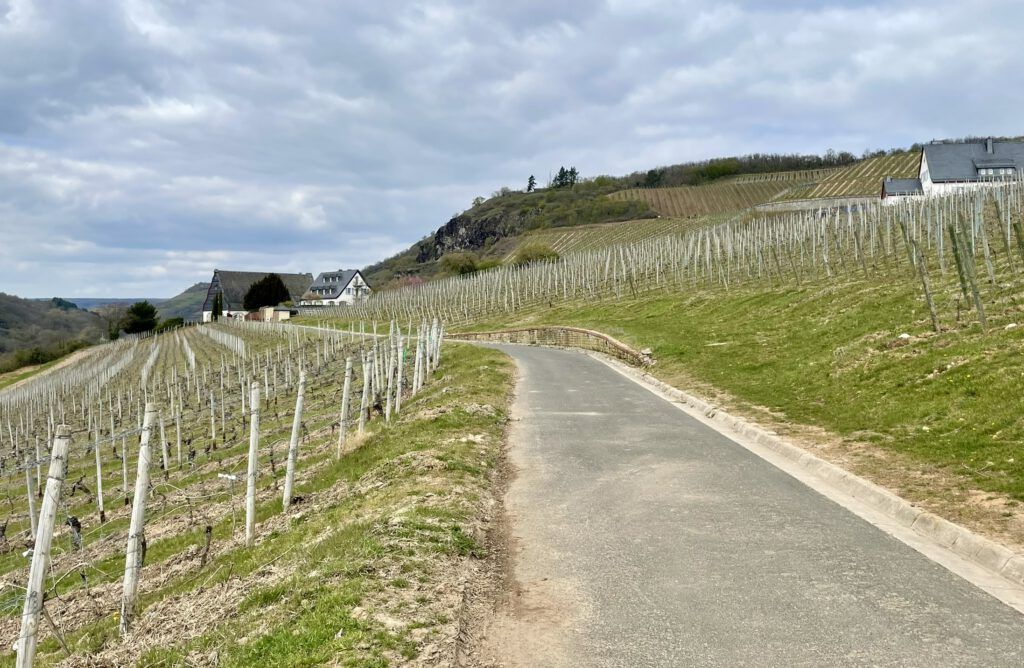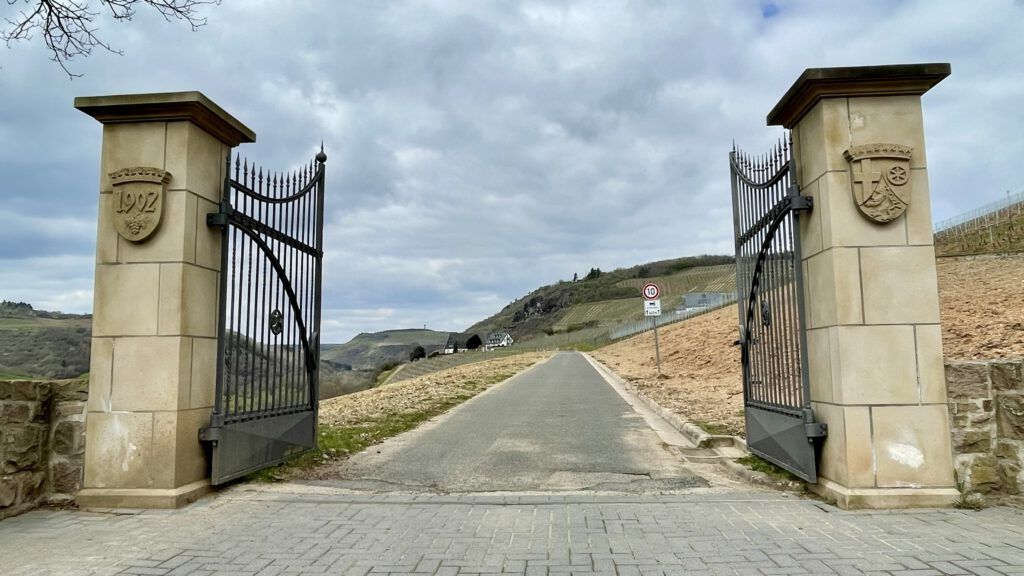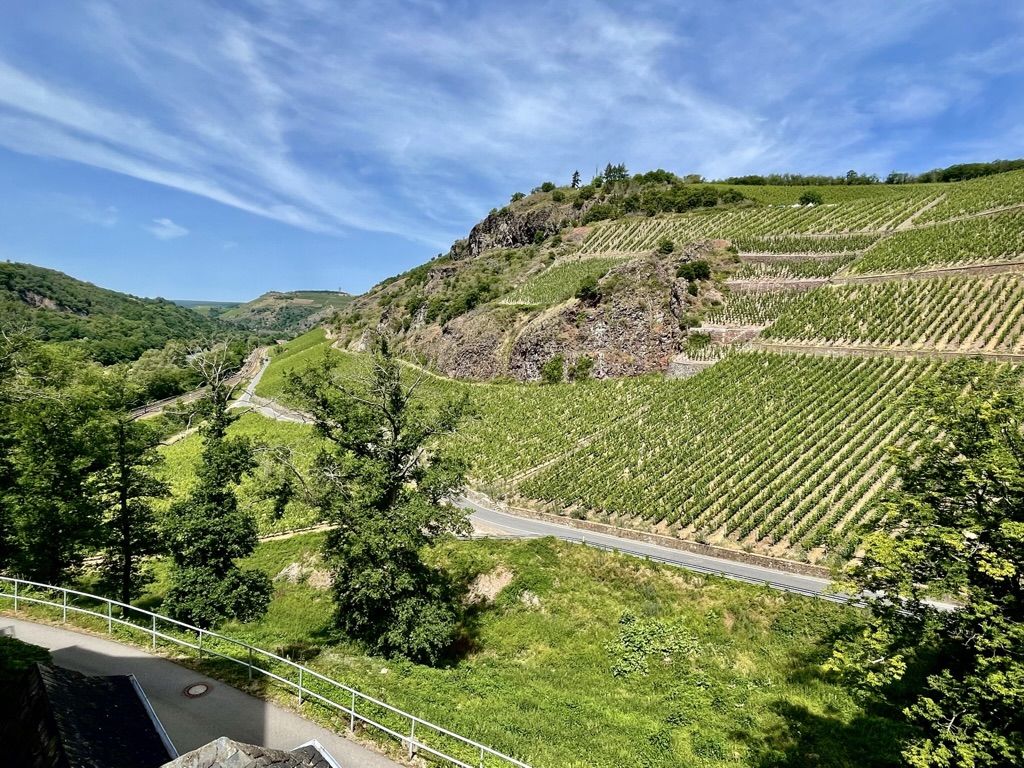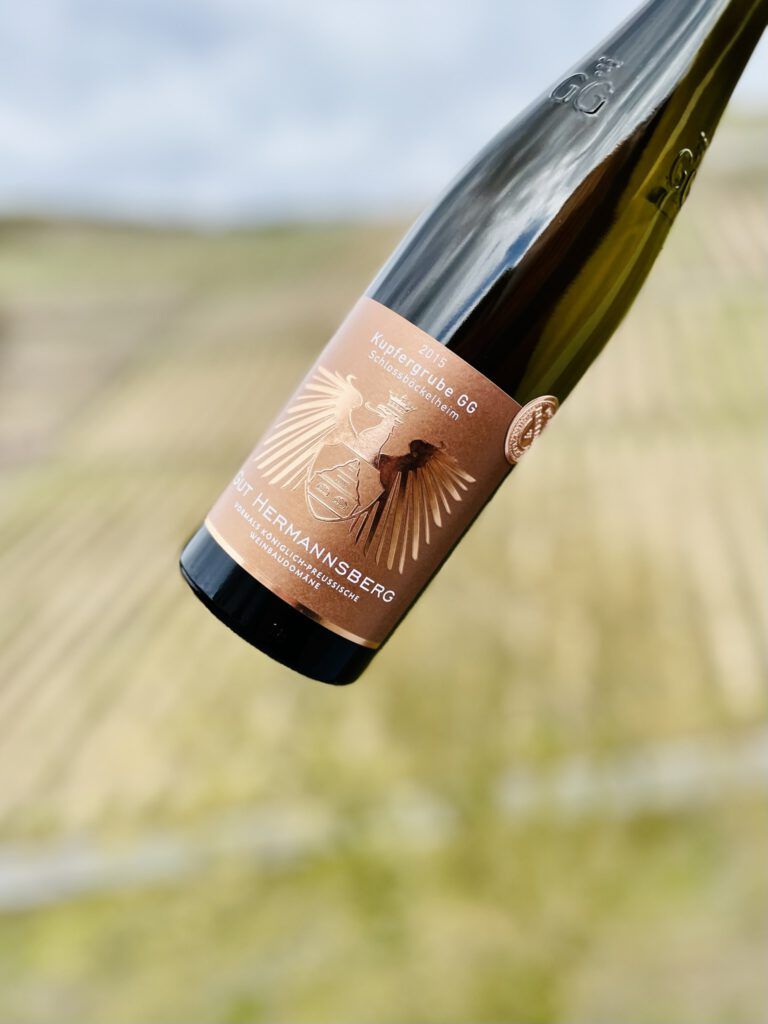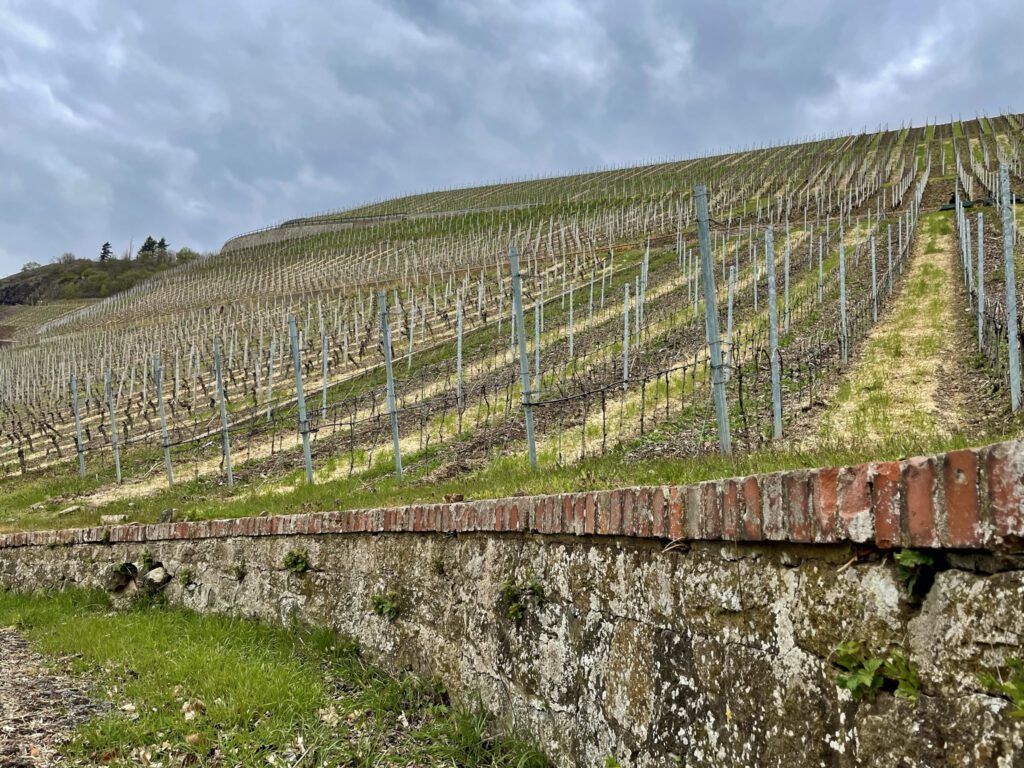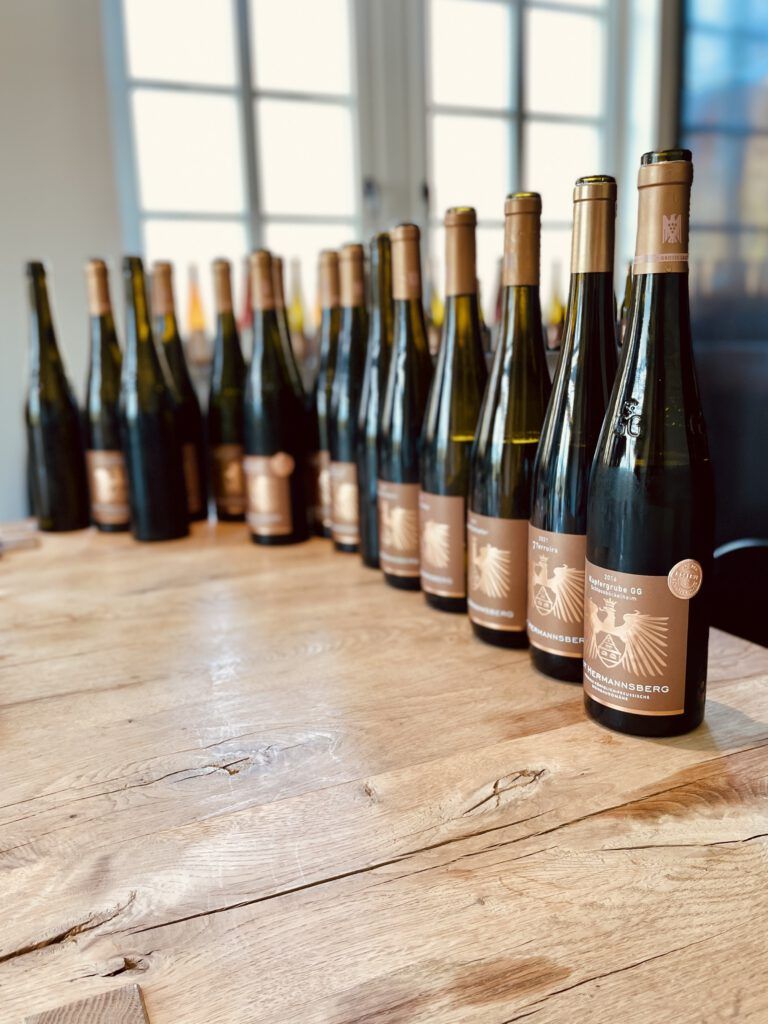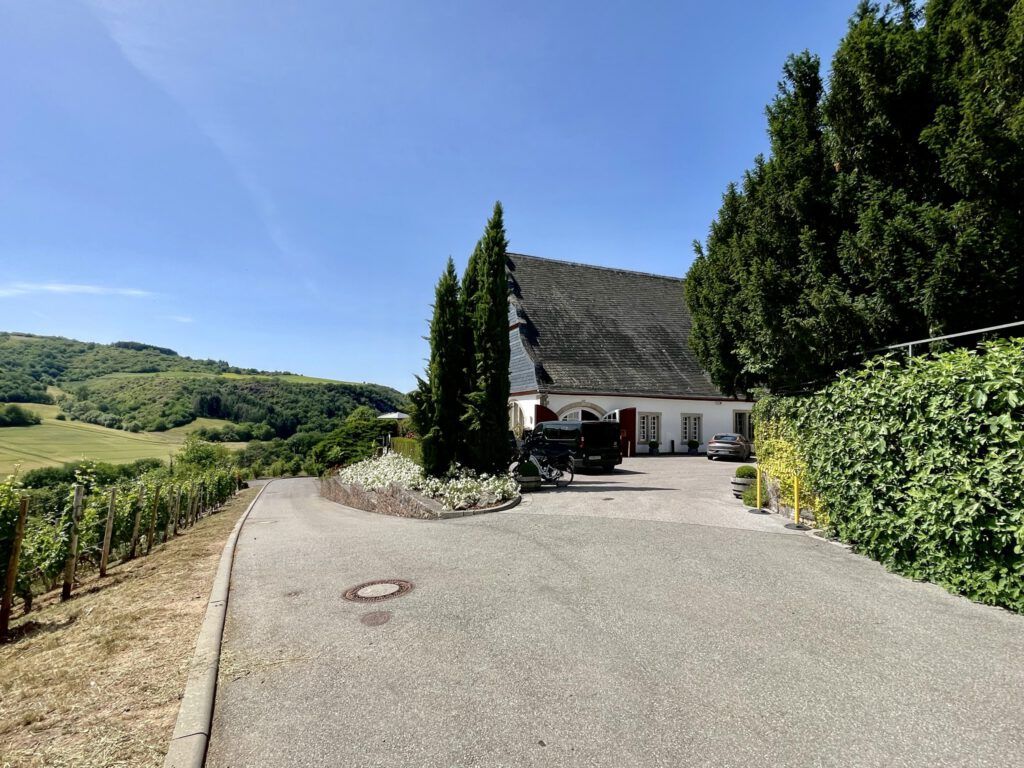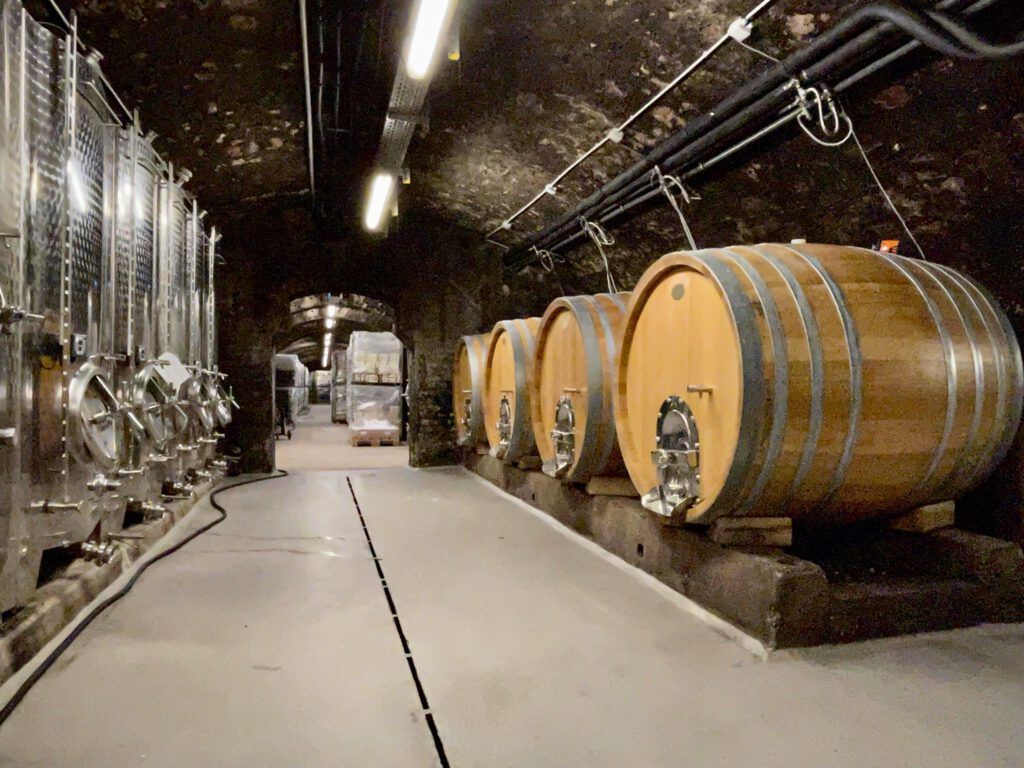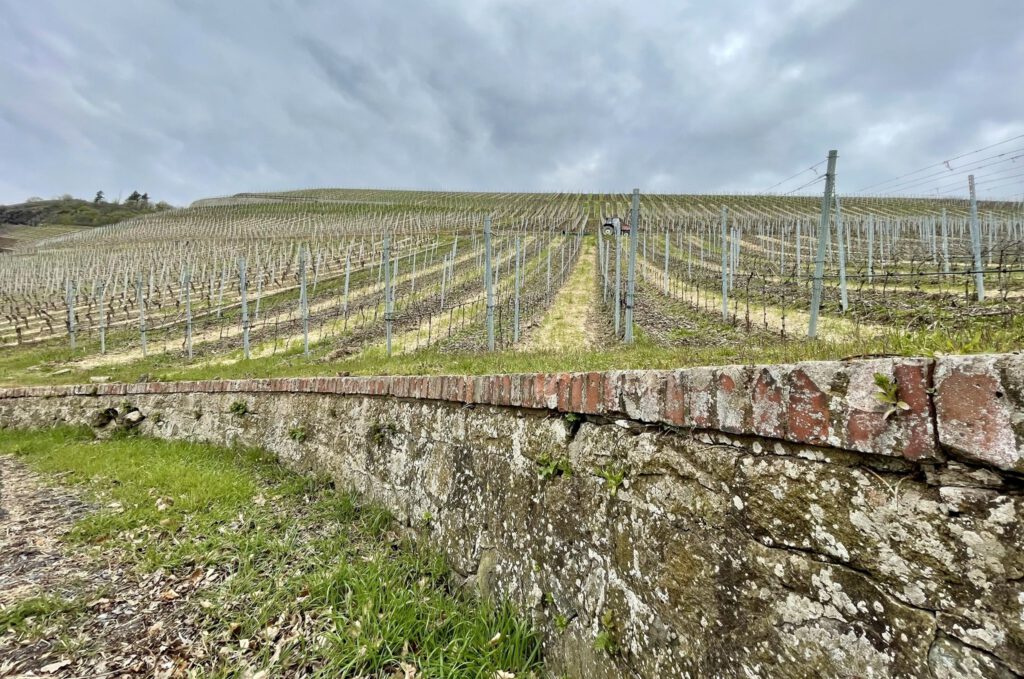Glory, Crisis, and the Challenges of the Early Years
The winery was established in 1902 under the original name “Königlich-Preußische Weinbaudomäne Niederhausen-Schlossböckelheim.” It was initiated by the Prussian state with the purpose of producing wines for the German nobility.
The vineyards were acquired in early 1901 and strategically planted on steep, terraced slopes, reaching up to 380 meters above sea level. The vines thrive in an exceptional soil composition primarily composed of porphyry, a volcanic rock, and weathered red sandstone. These unique soils prove especially conducive to the cultivation of Riesling grapes, which continue to dominate the majority of vineyard plantings to this day.
The initial years leading up to the onset of World War I posed significant challenges for the state domain.
Firstly, the establishment coincided with the devastating Phylloxera epidemic, which afflicted large parts of Europe until the late 19th century and posed serious existential threats to many wineries.
Secondly, the creation of the vineyards around the winery demanded immense physical effort. In most sections of the now globally renowned sites such as Hermannsberg and Kupfergrube — where a copper mine operated until around 1910 — cultivated vines were nonexistent. All pathways and vineyard parcels had to be predominantly handcrafted, carved into the steep cliffs with strenuous manual labor.
